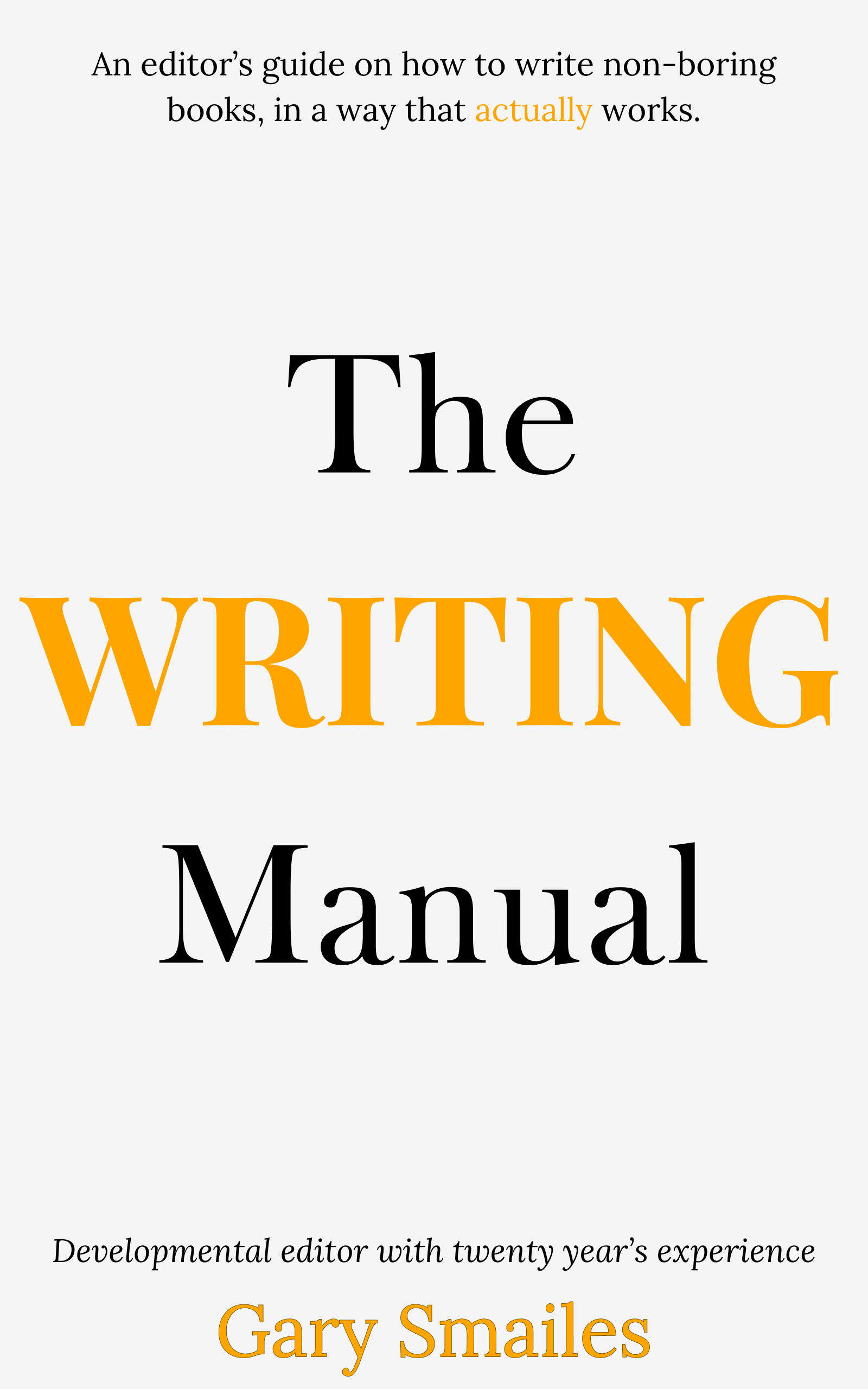



So, you've got a manuscript in hand, and you're wondering how to turn it from a rough draft into something that shines. Well, assessing a manuscript is a big deal in that journey. It's all about diving deep into the content, structure, and market potential to give both writers and editors some solid insights. Let's walk through how you can effectively assess a manuscript and get it all polished up, ready to wow agents or publishers.
Manuscript assessment isn't just about fixing typos. Nope, it's a thorough look at the whole shebang—content, structure, and how it might appeal to readers. This step is super important for fine-tuning a manuscript, helping authors spot areas that need a little TLC before they move forward in the publishing world. By tackling these things early, authors can dodge common mistakes that might trip up their manuscript's success.
The big goals here? Boosting the narrative structure, jazzing up the writing style, and making it more marketable. By zeroing in on these areas, authors can make sure their work hits home with readers and stands out in a crowded market. A well-assessed manuscript not only grabs attention but also fits right in with industry standards, upping its chances of catching a publisher's eye.
Unlike proofreading and copyediting, which are all about catching grammar goofs and keeping things consistent, manuscript assessment digs deeper. It gives a broader look at the manuscript's strengths and weaknesses, offering strategic insights for improvement. This big-picture approach helps authors see where their work is headed and make smart decisions about its future.
The first read-through is a biggie. It's about reading the manuscript with fresh eyes to get a feel for the story and writing style. During this stage, jot down those first impressions, noting both the good stuff and the bits that might need more work. This initial look can often uncover hidden issues, like tone or pacing inconsistencies, that aren't obvious at first glance.
As you read, keep an eye on the big stuff like plot, character development, and pacing. These are the building blocks of a gripping narrative that keeps readers hooked from start to finish. By spotting these elements early, authors can prioritize what needs fixing and make sure their story flows like a dream.
When you're assessing the manuscript's structure, you're looking at how well the beginning, middle, and end work together. A solid structure should have a clear, logical flow, with each part adding to the overall story. Ask yourself if the opening grabs you, if the middle keeps you interested, and if the ending ties everything up nicely.
Take a good look at the plot for coherence, originality, and engagement. Watch out for plot holes, inconsistencies, or pacing issues that might throw readers off. Fixing these can really boost the manuscript's appeal. Think about whether the plot twists are both surprising and believable, and if the stakes are high enough to keep readers on the edge of their seats.
Characters are the heart and soul of any story. Assess their development and arcs throughout the manuscript, making sure they're well-rounded and add something meaningful to the plot. Consider if their motivations are clear and if their actions make sense based on who they are.
Realistic, engaging dialogue is key to bringing characters to life. Evaluate the dialogue for authenticity and how well it moves the plot along and reveals character traits. Does it sound natural? Does it reflect the characters' personalities and backgrounds?
Spot any flat or underdeveloped characters and think about how to beef them up. This might mean fleshing out their backstories, motivations, or relationships with other characters. Are the secondary characters given enough depth to support the main story?
Look at the author's writing style and voice for consistency and whether it fits the genre. A strong, unique voice can really make a manuscript pop. Does the style match the story's tone, and does it stay consistent throughout?
Keep an eye out for things like overusing adverbs or slipping into passive voice. Offer fixes for these to improve readability and impact. Is the language vivid? Does it effectively set the mood and atmosphere?
Show how a strong voice can lift the manuscript, making it more engaging and memorable. Is the voice distinctive enough to set it apart from others in the same genre?
Look at the manuscript's potential marketability and how well it fits the target audience. Think about genre conventions and what readers expect. Does it have a unique selling point that makes it stand out?
Aligning the manuscript with genre norms and reader expectations is key to its market success. Offer tips for boosting its commercial appeal. Does it meet the audience's expectations and offer something fresh or innovative?
Share tips on suggesting changes that could boost the manuscript's marketability, making sure it resonates with its intended audience. Are the themes and messages relevant and timely?
Giving feedback in a constructive, supportive way is crucial for keeping a good relationship with the author. Highlight strengths while offering actionable suggestions for improvement. Is the feedback specific and clear, helping the author understand and make changes?
A thorough assessment report should clearly outline the manuscript's strengths and areas for improvement. Use this report to guide the author in making necessary revisions. Is the report organized and easy to follow, providing a roadmap for the author to enhance their work?
Offer examples of how to suggest changes without discouraging the author. Encourage them to see feedback as a chance to grow and improve. Are the suggestions realistic and doable, helping the author see the potential in their work?
At the end of the day, manuscript assessment is a vital step in the publishing process, giving authors the insights they need to refine their work and boost its potential. By approaching assessment with a critical yet supportive mindset, writers and editors can make sure their manuscripts are polished and ready to captivate readers. This process not only improves the manuscript but also empowers authors to grow and develop their craft, leading to a more successful and fulfilling writing journey.
A manuscript evaluation is a professional review of your manuscript that provides feedback on its strengths and weaknesses. It focuses on the big-picture elements such as structure, plot, character development, and marketability, offering insights to help you improve your work before submitting it to agents or publishers.
The cost of a manuscript evaluation can vary widely depending on the length of your manuscript and the experience of the evaluator. Prices can range from a few hundred to several thousand dollars. It's important to research and compare different services to find one that fits your budget and needs.
During a manuscript evaluation, you can expect to receive a detailed report that outlines the strengths and weaknesses of your manuscript. The evaluator will provide feedback on elements such as plot, character development, pacing, and style, along with suggestions for improvement to enhance the overall quality of your work.
While both manuscript evaluations and developmental edits focus on the big-picture aspects of a manuscript, they differ in depth and detail. A manuscript evaluation provides a broad overview with general feedback, whereas a developmental edit offers more comprehensive, in-depth notes and guidance on revising specific elements of the manuscript.
Manuscript evaluation is crucial for authors as it provides an objective assessment of their work, highlighting areas that need improvement. This feedback helps authors refine their manuscripts, making them more appealing to agents and publishers. It also increases the chances of success in the competitive publishing market by ensuring the manuscript meets industry standards.

Claim your free eBook today and join over 25,000 writers who have read and benefited from this ebook.
'It is probably one of the best books on writing I've read so far.' Miz Bent